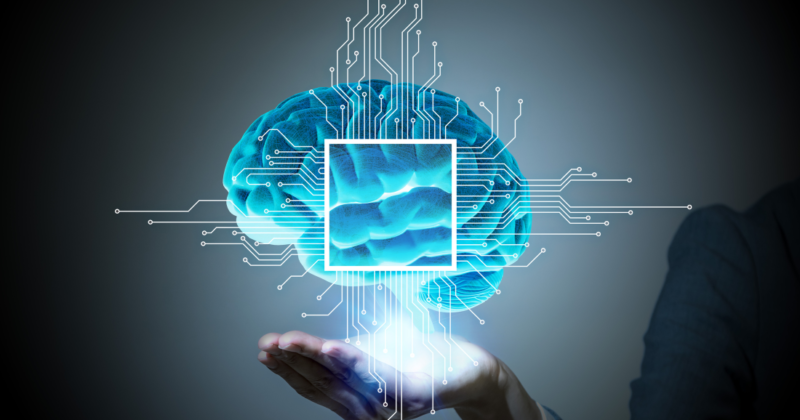There’s a lot of talk about how artificial intelligence (AI) will improve warehouse operations. Is that a downside for human workers?
At its simplest level, artificial intelligence (AI) is computerized intelligence that comes from crunching massive amounts of data to identify patterns and make predictions. This information can then be leveraged to create operational efficiencies.
My observation of a downside is the duality of data collection – the good side and the bad. It’s possible that AI will devolve into just a contemporary way to track human warehouse workers doing their jobs and to predict their performance.
But despite this potential downside, I believe that AI offers tantalizing benefits, and the warehouse and logistics industries are quickly moving forward to adopt AI in its many forms (machine learning, computer vision, natural language processing, etc.). Analysts at MarketsandMarkets have observed that the market for AI is hot, expected to be worth $416.06 billion by 2022, growing at a CAGR of 62.9% from 2016 to 2022.
In the warehouse, AI is most obviously applicable to repetitive and monotonous tasks…but distribution centers and businesses with warehouses as primary components would do well to look to their KPIs before taking the AI leap. What are you trying to optimize? Whether it’s picking efficiency, order accuracy or safety, the overarching need should dictate what to look for in an AI platform or application.
Let’s examine picking efficiency as an example. AI gives warehouses an opportunity to learn from their most productive workers to create computerized models for entire teams. If you collect data points based on the number of orders, SKUs, picking sequences, traffic patterns, scanned barcodes and more gleaned from the most efficient workers, an algorithm could be created that will replicate their movements and choices. To over-simplify, the AI application could then suggest a workflow for sales order pick tickets that everyone follows…and that may be enough to boost the productivity of lower achievers.
Andrew Ng penned a great article for the Harvard Business Review that clearly illustrates what AI can and can’t do. He boils it down to the one-second rule: if a human can do a mental task within one second, that task can probably be automated with AI. While one second isn’t a lot of time, you’d be surprised just how many tasks it can encompass. In the distribution warehouse industry, the trick will be for businesses to link AI to true value.
One area that’s proving fruitful is inventory management. In an article in The Economist, Ralf Herbrich, Amazon’s director of machine learning, stated that the company is using algorithms to predict the demand for millions of products. This determines which product is shipped to regional warehouses, reducing transportation costs and keeping the appropriate items in stock. Other businesses could benefit from similar programs that free up cash and storage space.
There’s no doubt that artificial intelligence is ushering in the brave new world of the warehouse. From logistics to robotics, it will be interesting to see the AI applications that work – and the ones that simply turn warehouse workers into automatons. Once they give up their data, are they no longer useful?

